Don’t Climb the Triund in July and Other Stories
Zed India Triund
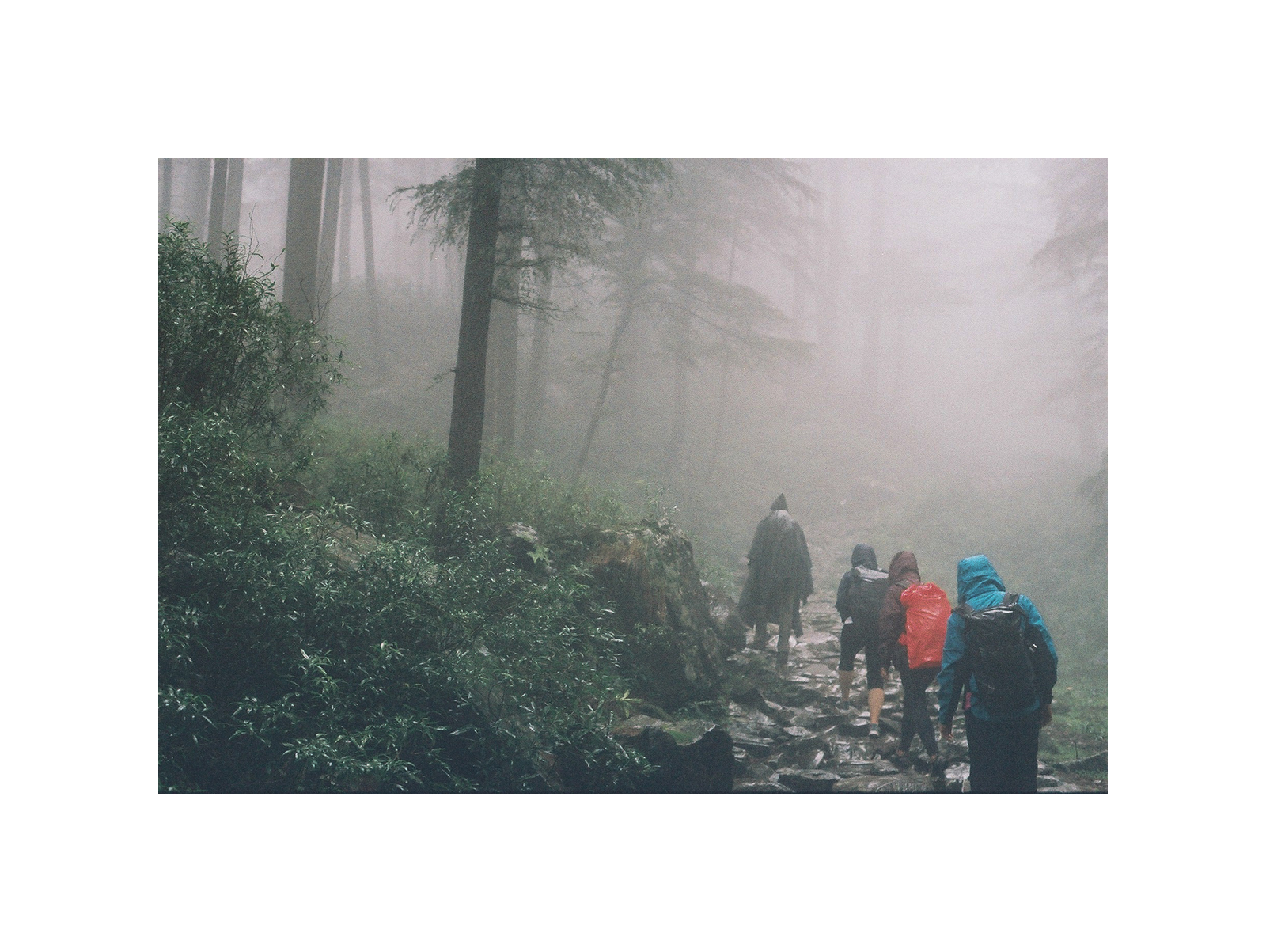
Five of us spent 2 weeks in India missing the sun.
I began giving Hendric the look whenever he’d say we have to bring out the tripod to catch the sunrise/set, because: (1) the tripod was really stable, which meant that it was also heavy; (2) the sun was avoiding us.
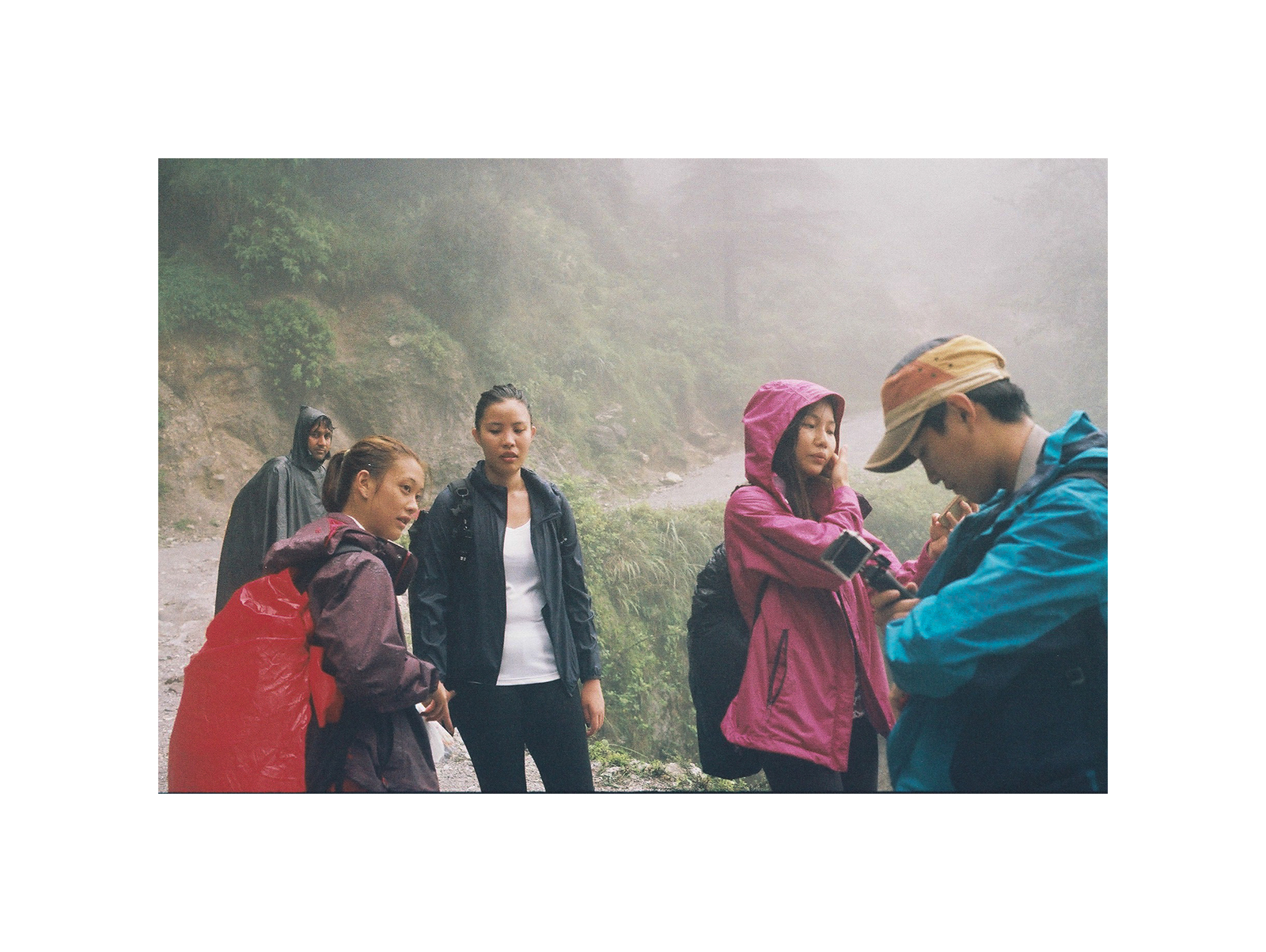
That is not to say, of course, that we didn’t see the sun at all. The sun is all-present in the wide open skies of this part of South Asia where the clay-coloured buildings kept people (and their things) in a vaguely organised grid. But everything was open to the elemental — like how we were all burnt by the end of our first day in India, and how it rained for 20 minutes in Jaipur and everybody was already ankle-deep in water. We tried for 2 whole weeks to catch dusk and/or dawn (whichever was handier), and the only sight of the sun peeking over the clouds was the one I caught, bleary-eyed, on a flight out of the country.
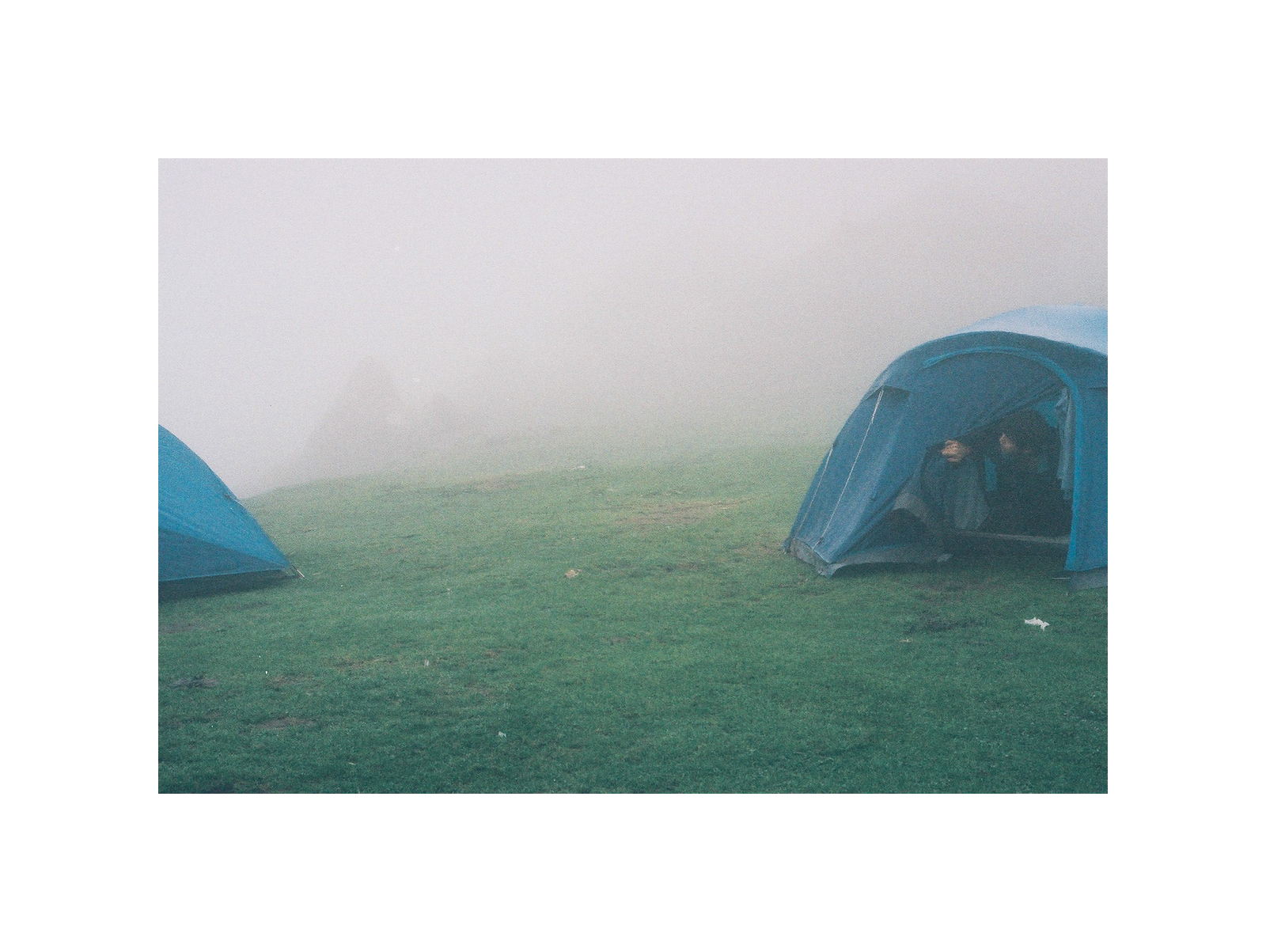
We planned to catch the sunrise at the Besant Nagar beach in Chennai, and the sunset at the Mehtab Bagh across the Taj in Agra. At Jaipur, tired and beaten by the streets, we crept back into our hostel at 5pm for a bit of comfort (and air-conditioning), intending to head back out to another fort to photograph the setting sun as it holds court. We peeked out a while later to find (to our relief) that it had started raining — the Jaipurite horizon would not grant an audience. (We would order a bad takeout that night — butter chicken, biryani and curries that would line our stomachs with dark clouds — perhaps conscience manifest, for maybe we could have braved the rain and caught a clean sunset).
We tried to catch the sunrise at the Triund. We got off a 12-hour bus ride at the bus station at McLeod Ganj, Dharamsala, and trotted off to the Shiv Shakti Guesthouse where we would drop off half of our stuff and head up the mountain.
Instead, we found fog that you could get lost in.
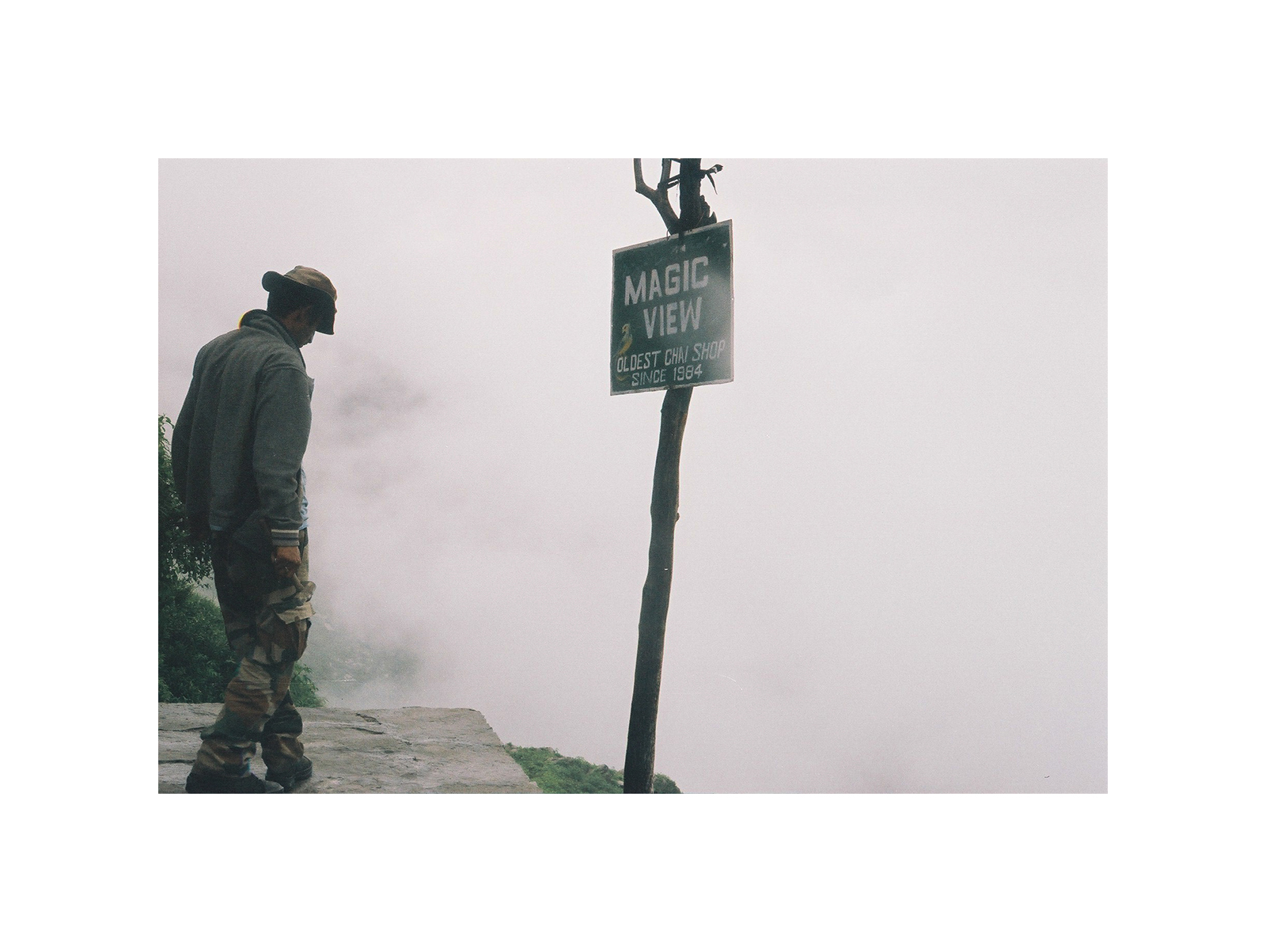
July is apparently the worst month to climb the Triund. We arrived at the onset of the monsoon. September would have given us clear skies and an unending view, but some of us have day jobs and can’t hang around for that long (but we wanted to). We started the climb under perpetual cloud (and fog) cover and a slight drizzle hoping maybe it would let up, but it didn’t. So we hiked through it, sometimes losing sight of our companions (and our guide, whom we always found patiently waiting around the corner) and sometimes losing ourselves in the burn of our thighs and lungs. I couldn’t keep up. The thing about hopping straight off a bus that came from Delhi is that you’re suddenly 2000m above sea-level. That means the air is suddenly 22% thinner than you’re used to, and will get thinner as you climb upwards. Because it was July, all we heard was our own laboured breathing and all we saw was daylight just barely filtering through the trees.
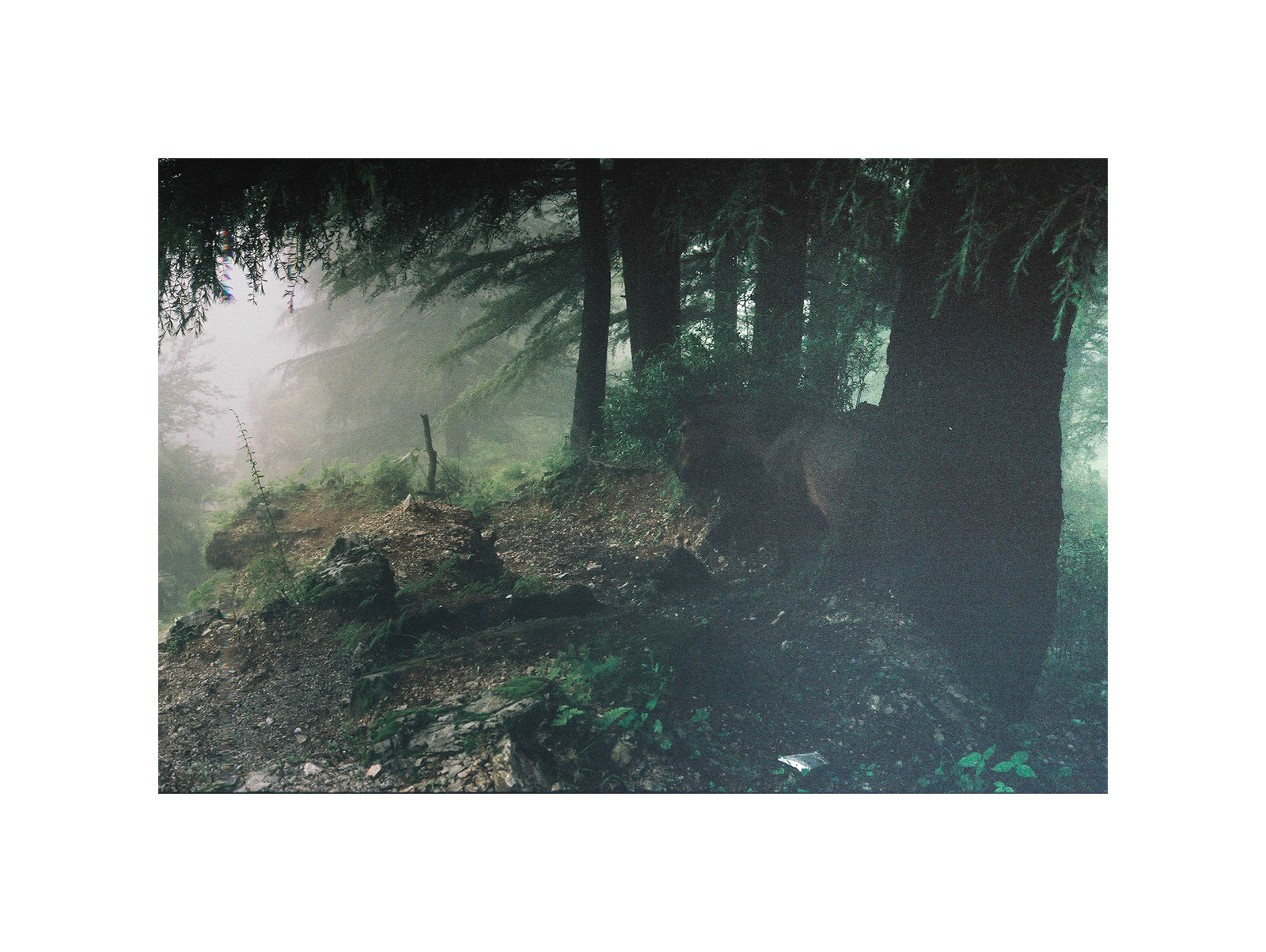
Clarity and illumination have always been privileged in the human thrust toward knowledge. To see is to have something revealed to you; we look to the open skies for faith and understanding. Enclosure, limitation, obscurance, are consequently less-liked than the lift of the heart and lungs at seeing the shape of the thing to be understood lit up with the soft glow of elucidation. Darkness gets in the way. I’m not sure if we wafted into the fog or it into us, but there it was as a visible thickness in the air that our lungs and skin felt only in the faintest of ways. Cherie’s eyesight dimmed a little on our way up. Both my legs started cramping. Hendric took the tripod — for photographing the sunrise/set, we thought — from my backpack and put it on his. The mountain air was thin, making it tiring to breathe.
The fog hid the sun from us, and hence also us from the sun.
I loved it.
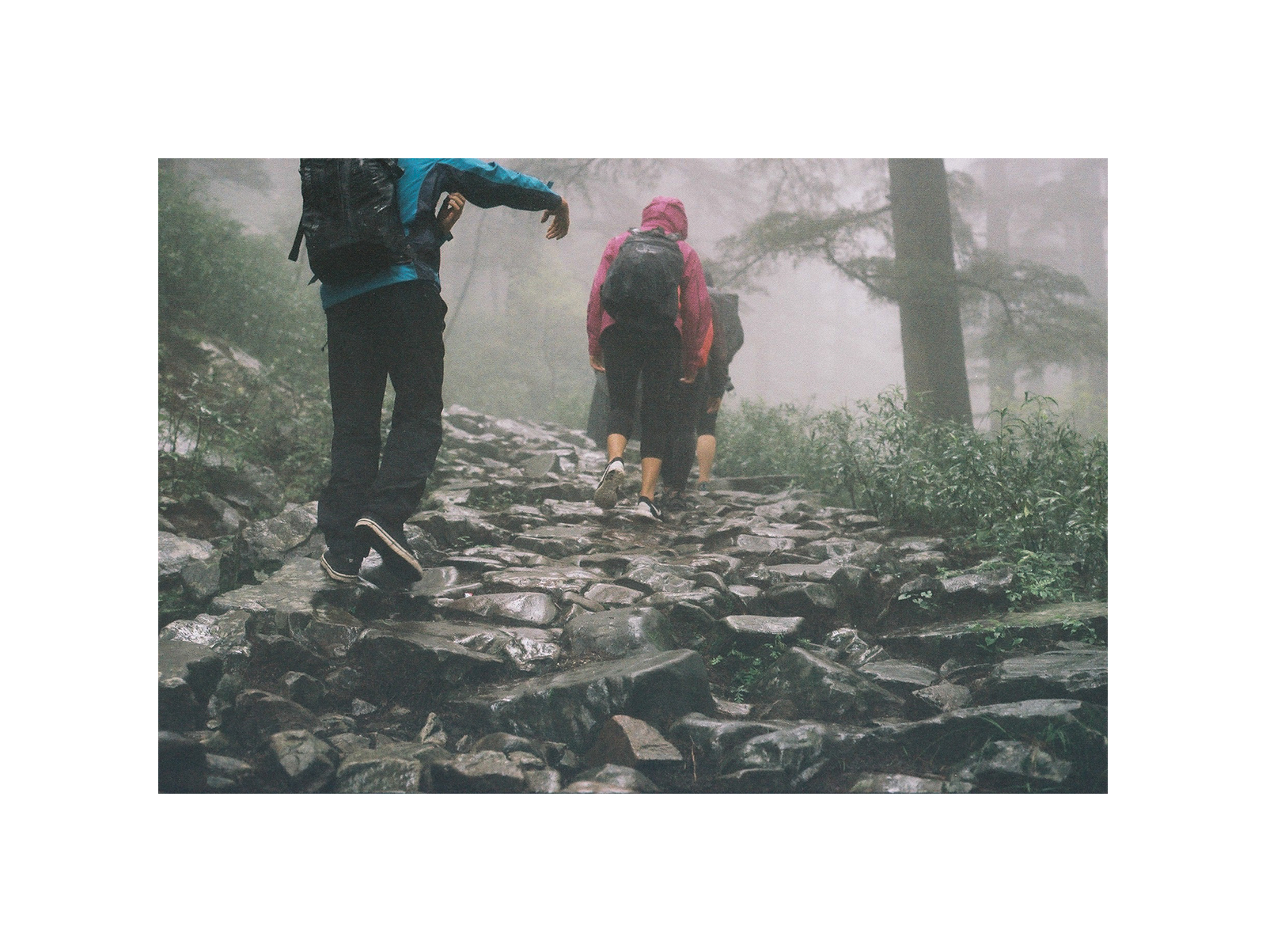
The hike up was supposed to take 3 hours, but we took a lot longer than that. Apart from having to haul me and my creaky knees up, we tried to take in as much of the scenery as we could i.e. we took a lot of photos. As we peered off a rock cliff contemplating a photo op, I realised had already been in India for about a week. A week spent chasing forts and food and a large white palace; a week navigating the uncovered Indian streets and its labyrinthian throng of warm bodies (and other things). A week of attempting to photograph everything in sight. The explicit goal of travel is to be in another place, and its implicit goal is to document the act of travel, as if to testify: yes, we were there.
Fog confounds this attempt at documentation. Rachel points out that after a few frames, all our photographs start to look the same. We didn’t see everything we were supposed to see: a bird’s-eye view of McLeod Ganj; the waterfall; the odd cow; the sprawling expanse of the Triund itself. We didn’t see the tourist horde making their own way up the same path as us. No sunrise, no sunset. Just us, the fog, the ground, and the trees.
I loved the fog because sometimes we try to see too much. We say that you should travel for the experience, but it is always an experience with a budget — you spend time and money to get to a place, so you want to make sure you’re getting as much as you can out of it. To optimise the limited time and money they have, people then come up with checklists of things to do — see the Taj; climb ruins in a fort; catch the sunrise/sunset. But my best memories from being in a place has never come from ticking a box off a list. They always come en route: walking the city; taking the train; getting caught ankle deep in a flooded street. We wanted to catch the sunset on the Triund, but I was (secretly) glad we didn’t. Because then we stopped trying to see.
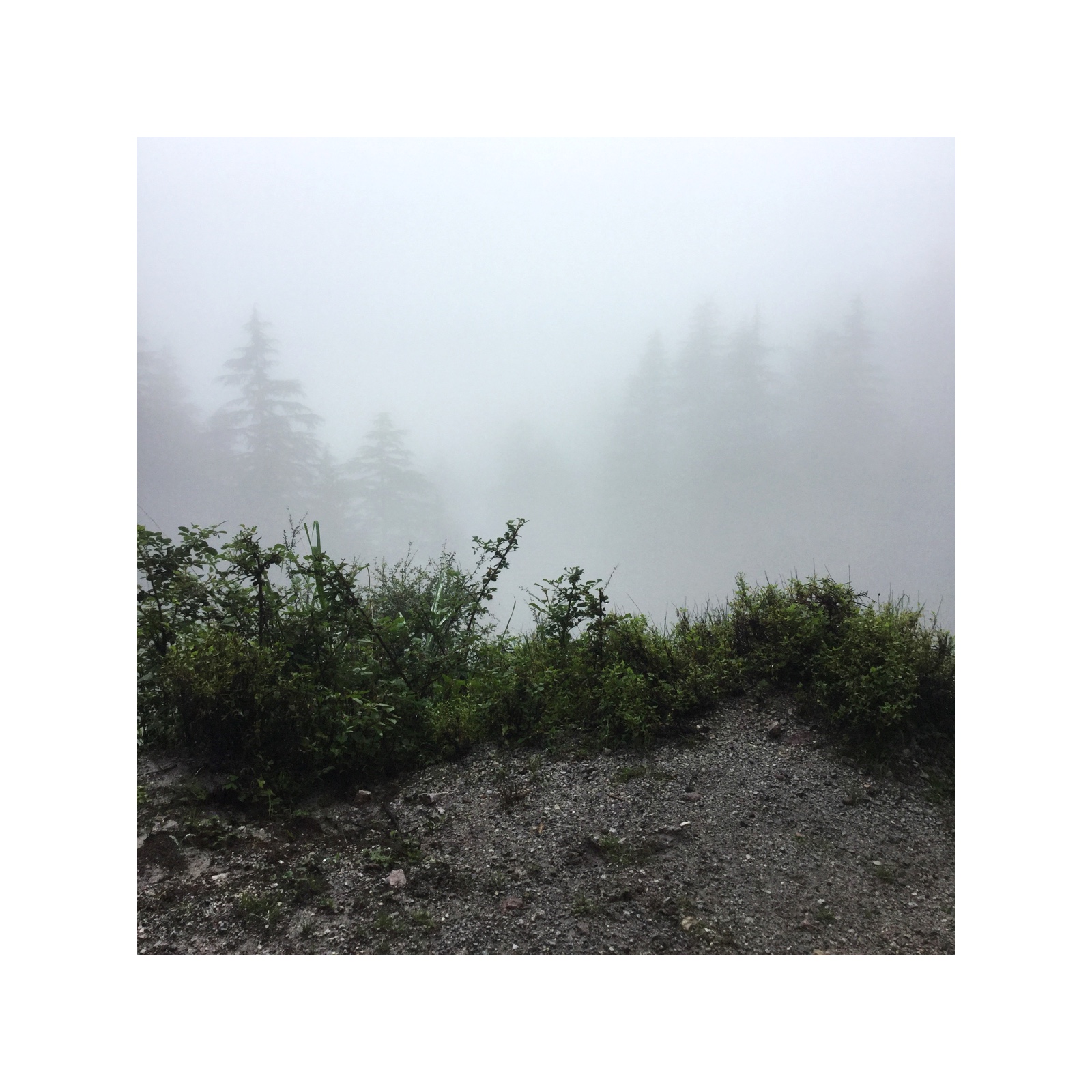
As we reached the campsite, I had to slow down. Hendric offered to take my bag. By the time we got off the mountain path, we couldn’t see where the girls had went. We could see a tent or two, a wandering cow and its trail of poop, and nothing else. Post-climb, I was just glad to be on more-or-less flat ground. I think it was Nina who started calling out to us.
When we try to see too much, we start to only see what we tell ourselves to see. Marble-white surface — check. Horizon — check. Local flavours — check. Checklists, by virtue of function, crowd out contingency. That is to say, if you don’t have something written on your checklist, you won’t think of it until you run out of things to check off. The first few moments after hitting flat ground we realised two things — that we couldn’t see where the girls were, and we weren’t going to see the sunset. The girls called out to us, and we pottered towards them.
Our guide pointed us to our tents and we scuttled into them — one for the boys and one for the girls — to clean up. We made the girls come over for dinner (we argued it was because we had more space, but it was also because it was starting to rain and we were being lazy boys), and spent the evening playing charades. That night we slept wet, because as waterproof our tents were, nothing would keep out a whole night of rain. A cow peed on the girls’ tent, and I was woken up by a dog/cow snuggling up next to me through the fabric of ours.
We never used the tripod.
Halfway through the climb, we stopped at the “Oldest Chai Shop: Since 1984” (NB: that is what the sign literally says). I took off my backpack and immediately ate a packet of replenishing salts, and nursed two cramping thighs and an aching toe. That toe is missing a toenail because I fell off a ruin in Jaipur. I made a poor decision in depending on the seeming solidity of the slabs that made up an obviously crumbling pillar. I made my way up and down the Triund with more care, feet constantly testing if the ground held before committing a full 29 years of fat, muscle, and bone (and a backpack of miscellaneous things) to the trail of worn rocks. But care does not make climbing up a mountain any less difficult for someone who spends most of the week seated in an ergonomic office chair tapping away at his PC; I spent most of the climb wondering if my respiratory system, after years of abuse, would choose this time to just throw in the towel. The last time I climbed a mountain was when I was 18, in a soldier’s uniform, 10 kg lighter and with a lot less brain. Back then, the temperature was not wavering around 20°C, or was there any fog. Cherie went to get Chai for everyone at the Oldest Chai Shop. The fog was so thick we couldn’t see more than a few trees ahead of us. A scraggly but handsome dog sits next to us. Sore thighs, toe and all, I just sat there and breathed.
I hung out with The Travel Intern team for two weeks and ended up climbing a mountain with them. Check out their guides to India here: